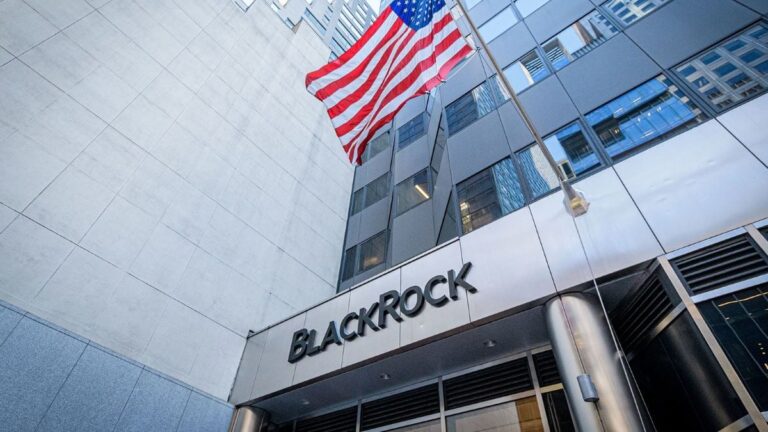Tokenized government bonds are becoming more popular, but they will complement rather than completely replace stablecoins in terms of liquidity and ease of use. BlackRock’s BUIDL Tokenized Treasury Fund marks the rapid adoption of RWA tokenization in institutional finance.
JP Morgan highlights the increasing competition between tokenized government bonds and stablecoins, with funds such as BlackRock’s BUIDL threatening the latter’s market dominance.
Currently one of the largest tokenized Treasury products, BlackRock’s BUIDL fund has shown significant gains in a short period of time, rapidly outperforming other prominent participants in the market.
BlackRock’s BUIDL gains institutional attention amid the rise of tokenized government bonds
Tokenized government bonds, such as BlackRock’s BUIDL, are gaining interest because they offer a safe, regulated option for institutional investors. These products leverage the efficiency of blockchain technology while leveraging the safety and yield of government-backed securities.
These tokenized assets will not fully replace stablecoins, but despite this growing popularity, these tokens are not deeply ingrained in the cryptocurrency ecosystem, and stablecoins cannot be traded, Decentralized finance (DeFi) does not provide the liquidity needed for cross-border payments, JPMorgan argues. These are essential in the modern digital finance field.
The growing need for more open and secure financial products is one of the main causes of increased competitiveness. Particularly in a high interest rate environment, tokenized treasuries allow organizations to leverage their assets at high yields.
BlackRock’s BUIDL alone had a market valuation of $375 million in just a few weeks, and this expansion brings today’s tokenized government bond market closer to $2 billion.
Additionally, the way blockchain improves the openness and accessibility of financial markets is attracting large companies like BlackRock, which are gradually adopting blockchain to tokenize their assets.
Liquidity challenges cause stablecoins to outperform tokenized government bonds
Despite its benefits, tokenized treasuries still have issues that limit wide acceptance, such as liquidity concerns. On the contrary, stablecoins have become quite powerful, especially in the DeFi and crypto trading markets, due to their liquidity and utility.
Traders and businesses routinely use them for their settlement and hedging needs. They offer a degree of accessibility and speed that tokenized treasuries cannot match today.
Furthermore, industry executives predict that the tokenization of non-tokenized treasury assets will become even more widespread. Blockchain systems can digitize not only government bonds, but also real estate, stocks, and other assets, marking the next horizon for traditional financial assets moving on-chain.
Still, JPMorgan’s view is that stablecoins will always coexist with tokenized assets, as each has different uses in the financial ecosystem.
Additionally, CNF points out that Chainlink’s decentralized oracle network is critical to enabling an effective and secure tokenization mechanism for products like BlackRock’s BUIDL.
Meanwhile, BlackRock CEO Larry Fink emphasized the growing diversification of blockchain-based assets in mainstream finance, according to CNF, adding that Bitcoin may not be affected by the US election results. Although it is low, it is developing into its own asset class, he said.


